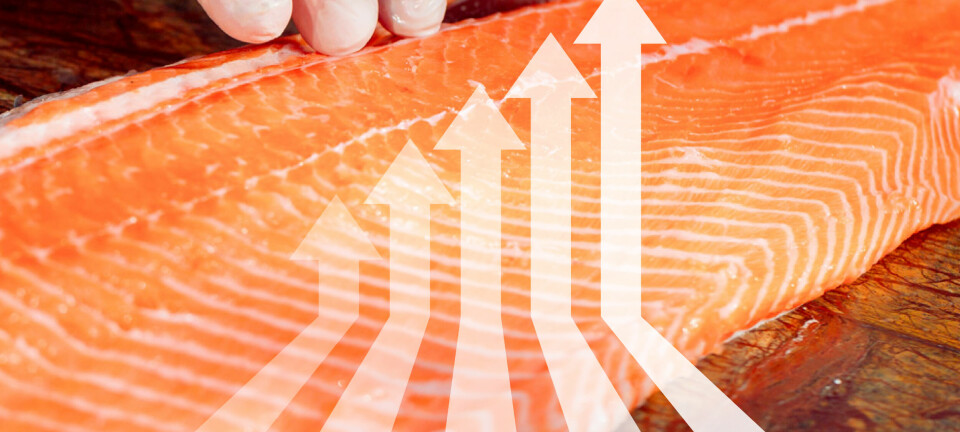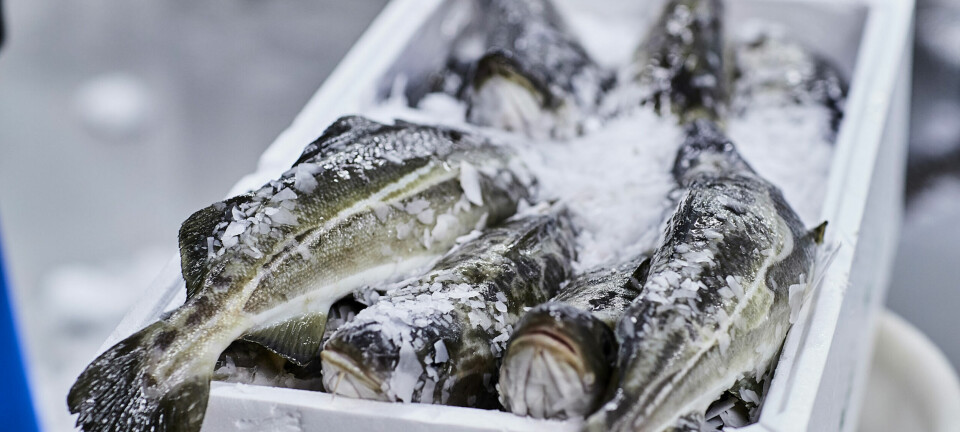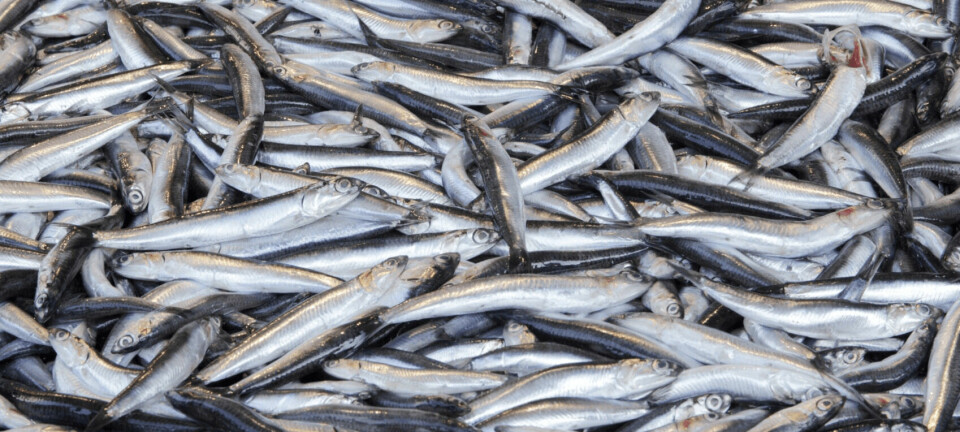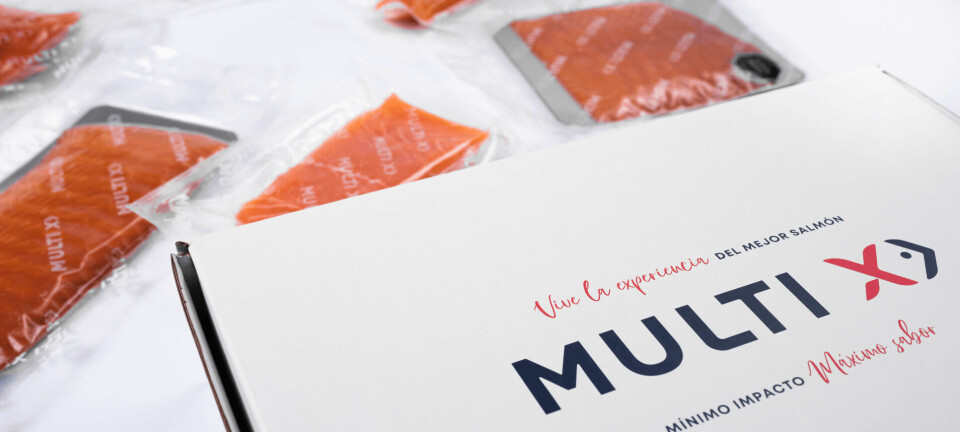Abalone producers developing hybrid species
Abalone companies California Seafood and Abalones Chile, together with the Universidad de Concepción and the University of Chile present a new challenge for the advancement of Chilean aquaculture. The joint research project is titled “Applied Biotechnology for the production of hybrid abalone: development of a new product and exploration of a consumer market.” In the late 1970’s and early '80’s two species of abalone were introduced in Chile: the red abalone, Haliotis rufescens from California and the green abalone, Haliotis discus hannai from Japan. Both species are highly valued in Asia, where the market price for red abalone is US$50 per kilo and even better for green, at US$60 per kilo. Green abalone is obviously the desired species to produce, but due to environmental restrictions in Chile, green abalone is allowed only in limited areas and closed containment systems, whereas red abalone can be farmed freely at sea. As a result, Chile currently produces 350 tons of red abalone annually but only a mere 50 tons of green. The two most important objectives with crossing the species are to achieve a faster growth rate (four years is the average growth rate from larvae to harvest size), and create a new product to diversify the market and help equalize the market price between red and green.























































